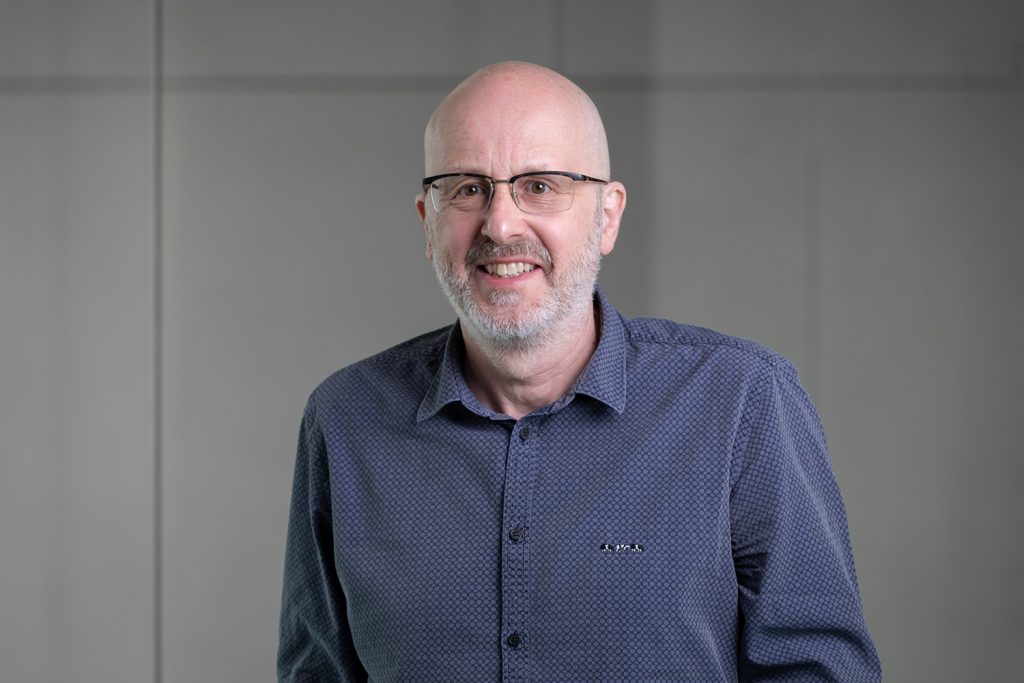- The Laboratory
- Organization
- Departments
- Jobs
- Analysis book
- Contact
- News
- Publications
- Download



The Analytical Toxicology and Pharmaceutical Chemistry Service was created in 2016 and is part of the Forensic Medicine Department at the Laboratoire national de santé (LNS). Its main task is the identification of illegal drugs and their dosage. The unit is also responsible for the control and analysis of medicines, food supplements and products of unknown origins suspected of containing medicinal or illicit substances. The team works hand in hand with the police, customs, the Ministry of Health, the Ministry of Consumer Protection, as well as with doctors, pharmacists, private clients, and the European Directorate for the Quality of Medicines (EDQM).
Dr sc. Serge Schneider has headed the service since 2011. We talk to him on the occasion of the International Day against Drug Abuse and Illicit Trafficking (June 26) about his unit’s contribution to the fight against drug trafficking and substance abuse.
Our task is drug analysis and drug control. We analyse various kinds of samples to determine their composition and dosage, and work closely with the legal authorities. 80-90% of our requests come from the police or customs. If they come across powders, crystals or pills, as is often the case at the airport or railway station, they can carry out rapid tests, but these are sometimes faulty and do not stand up in court. According to international recommendations, each sample should be tested twice using different analytical methods. This is where we come in, receiving official requests from customs, the police or the legal authorities. The sample then goes through a strictly regulated procedure: it is photographed and weighed and then analysed using various chemical-physical methods (e.g., mass spectrometry or UV spectrometry). We can then determine which substance it is using our database.
Mostly the “usual suspects”: +/- 40% of the samples are cannabis, we have also seen an increasing number of hemp samples over the course of the past 1-2 years (THC <0.3%), about 20-25% cocaine, 10-15% heroin and about 5-10% amphetamines. The remaining samples fall under “miscellaneous”, which also includes, for example, the new NPS (New Psychoactive Substances), so-called “designer drugs”. In our analyses, however, it is not only a matter of recognising what the substances are composed of, but also of determining what proportions we are dealing with. The majority of the drugs we analyse are “dirty drugs”, i.e. they are composed of different substances. Heroin, for example, is never 100% heroin, but a mixture of about 50% paracetamol, 25% caffeine and 10-20% heroin. We determine the exact composition during a second examination of the sample. Our detailed report is sent to the public prosecutor’s office.
A sample is considered suspicious if it is particularly clean or extra dirty. A common heroin dose contains 10-20% heroin. A sample containing more than 30% heroin can lead to the user being at risk of a dangerous overdose. In these cases, a report is therefore made to the Health Ministry, which can issue a warning. This information is also forwarded by the Ministry of Health to the European Monitoring Centre for Drugs and Drug Addiction (EMCDDA) in Lisbon. A report to the authorities is also made if drugs are mixed with unauthorised medicines (10% contamination or more) or if the presence of extenders that are hazardous to health is detected. The Ministry of Health is also always informed if new designer drugs are detected. These are mostly synthetic cannabinoids that are supposed to imitate the effect of cannabis. Cannabis is illegal and by producing a new substance that resembles cannabis but is not cannabis, manufacturers and consumers try to circumvent the fact that it is a banned substance. However, NPSs can also be natural substances that have existed for a long time, are newly discovered and were just not present on the Luxembourg market until now, as in the case of ayahuasca. In various South American countries, ayahuasca is allowed for well-defined usages, but in our country this substance is banned.
For example, we had a case where a user went to a drug counselling centre in Luxembourg to report that he had smoked a very suspicious joint. The consumer reported that he regularly used cannabis, but this time he felt sick, something was wrong with this substance. The counselling centre then sent us a sample of the substance and we were able to detect MDMB-CHMINACA, a synthetically produced cannabinoid. The Ministry of Health then issued a warning. Such reports are published about 1-3 times a year in the Luxembourgish media and thus contribute to the protection of the population against dangerous drugs or drug mixtures.
Projects
The Service of Analytical Toxicology and Pharmaceutical Chemistry is currently running several research projects, mostly in collaboration with national or international universities and research institutes.
Overview:
– Drug Checking: In this project, consumers of the drug consumption facilities voluntarily give a small amount of their sample for analysis. This enables a comparison of the quality of samples seized by customs/police to that being used by those at the consumption facility. It is worth noting that the drugs samples from the consumption facilities were of a significantly poorer quality.
– PiPaPo Luxembourg: Drug users voluntarily hand in a small amount of their substances (mainly ecstasy, amphetamines, cocaine) for analysis at festivals (e.g. e-Lake). This makes it possible to record the quality of recreational drugs in Luxembourg. The project is realised in cooperation with 4-motion.
– Drugs in wastewater: In cooperation with the Luxembourg Institute of Science and Technology (LIST), the most common drugs (cocaine, cannabis, heroin, amphetamines, ecstasy) are analysed in various wastewater treatment plants. The results provide information about the frequency of the drugs consumed. In comparison with various cities in Europe, above-average cocaine concentrations were found in Luxembourg.
